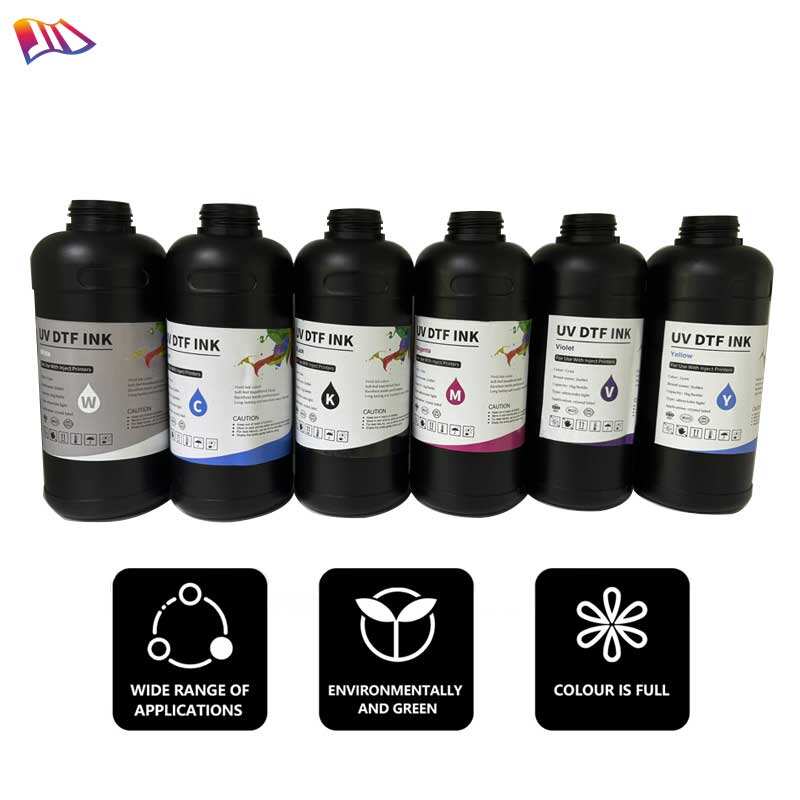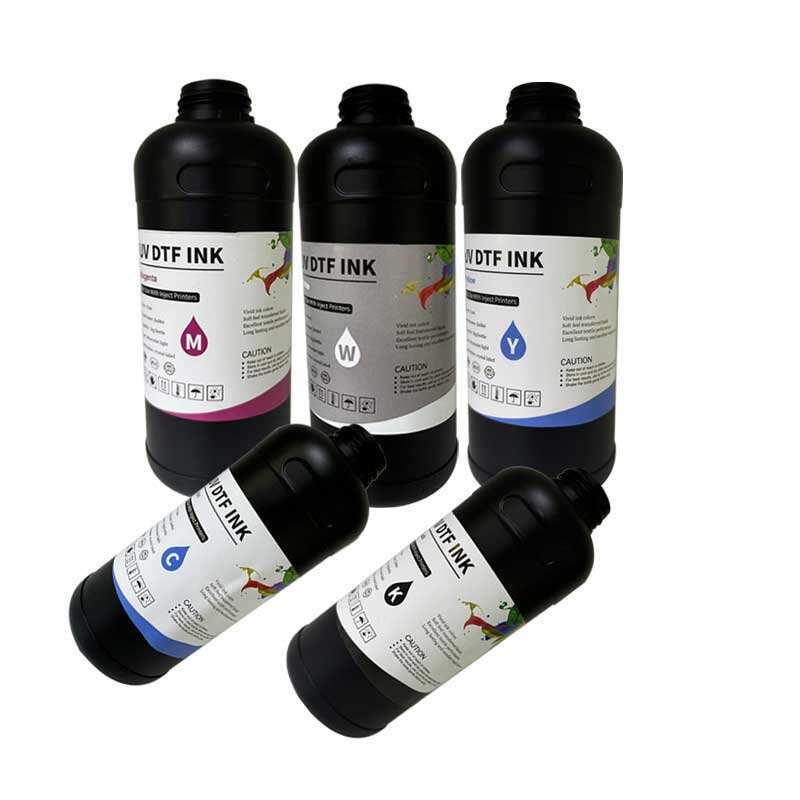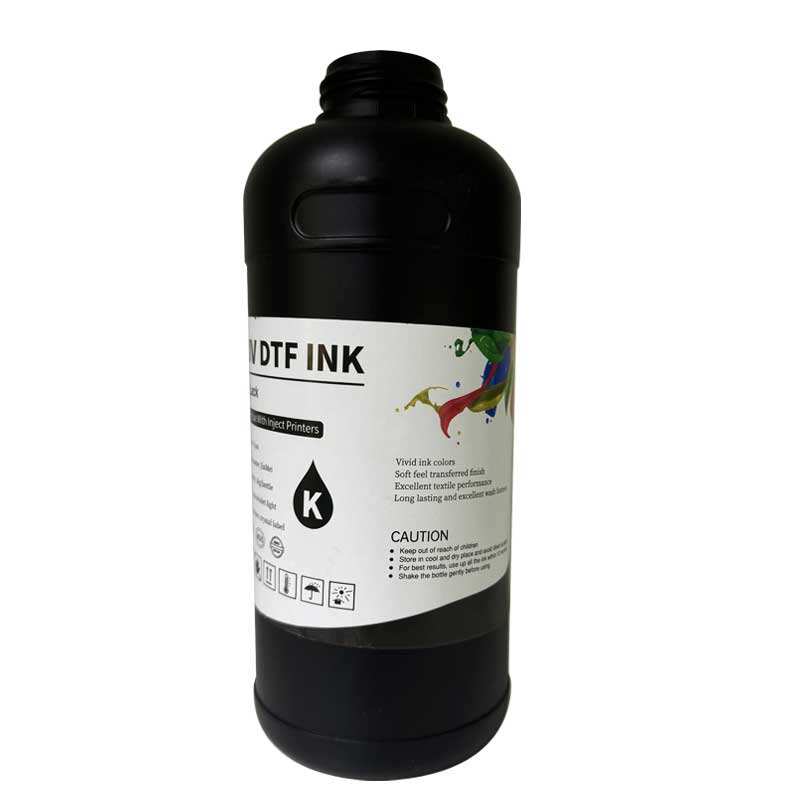uv ink print
UV ink printing represents a revolutionary advancement in modern printing technology, utilizing ultraviolet light to instantly cure specialized inks as they are applied to various surfaces. This innovative printing method employs UV-curable inks that contain photoinitiators, which react to UV light exposure, creating an immediate and durable bond with the substrate. The process allows for printing on a wide range of materials, including plastics, metals, glass, wood, and traditional paper products. The technology features advanced print heads that precisely deposit ink while synchronized UV LED lamps cure the ink instantaneously, preventing any spreading or absorption issues. This results in exceptionally sharp, vibrant prints with superior color consistency and durability. UV ink printing systems typically incorporate multiple ink channels, allowing for both CMYK and white ink applications, plus optional varnish layers for enhanced protection and visual effects. The immediate curing process eliminates drying time, enabling immediate handling and post-processing of printed items, significantly improving production efficiency. Modern UV printers also feature variable dot technology, which allows for smooth gradients and precise detail reproduction, making them ideal for both commercial and industrial applications.


